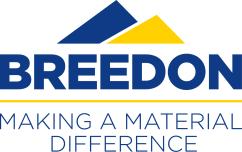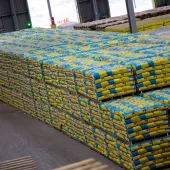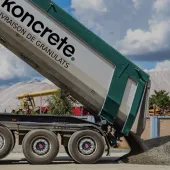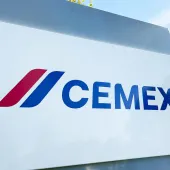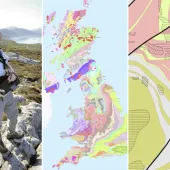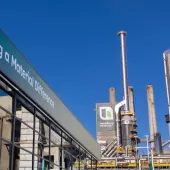‘Area Involved’ report for marine aggregates published
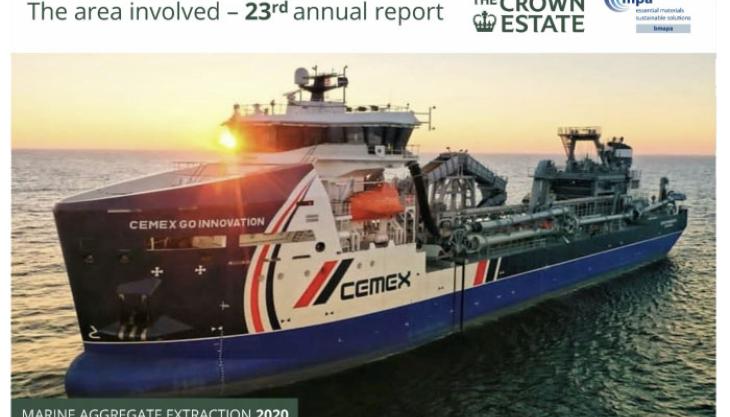
Twenty-third annual report details changes in seabed area licensed and dredged during 2020
THE Crown Estate and the British Marine Aggregate Producers Association (BMAPA) have published their 23rd annual ‘Area Involved’ report, which details changes in the extent of the seabed area licensed and dredged for marine aggregates during 2020.
The 'Area Involved' initiative commenced in March 1999 when BMAPA and The Crown Estate made a public statement of intent which committed both parties to review all dredging licences on a rolling five-year basis, surrendering areas no longer containing economic resources of marine sand and gravel, and publishing an annual report detailing the extent of dredging activities within licensed areas.
Nick Everington, marine minerals portfolio manager for The Crown Estate, said: ‘As manager of the seabed around England, Wales and Northern Ireland, we work in partnership with industry to help support the sustainable use of sand and gravel resources.
‘The annual 'Area Involved' report is an integral part of this, providing insight and data to improve our understanding and management of the marine environment over the long term. This 23rd annual report reflects the ongoing commitment from both The Crown Estate and the industry to this important initiative.’
BMAPA director Mark Russell said: ‘The UK Government has recognized that it is essential there is a sufficient supply of minerals to provide the infrastructure, buildings, energy and goods that our nations need, and marine aggregate supplies play an important role in meeting these needs in England and Wales.
‘The area of seabed licensed and dredged remain key indicators of the UK marine aggregate sector’s performance and its potential to interact with both the environment and other marine users. The significant reductions in both over the last two decades reflect an industry committed to continual improvement.’
Key information from the latest report includes:
- A total of 18 million tonnes of sand and gravel were dredged from Crown Estate licences in England and Wales during 2020 (compared with 22 million tonnes in 2019)
- The total area of seabed licensed in 2020 was 1,055 sq. km (1,079 sq. km in 2019)
- Dredging took place within 101 sq. km, 10% of the licensed area, compared with 105 sq. km (10%) in 2019
- The area of seabed dredged for more than 1 hour 15 minutes per year (high intensity – red on charts) was 5 sq. km (6 sq. km in 2019)
- 90% of dredging effort from Crown Estate licences took place from an area of 42 sq. km (unchanged since 2019).
Spatial and temporal data relating to marine aggregate dredging activity have become increasingly important in supporting the sustainable management of UK waters. Both BMAPA and The Crown Estate are committed to maintaining and developing the Area Involved reporting initiative.
Marine aggregates meet more than 20% of sand and gravel demand in England and Wales, with most of the supply used in high-value ready-mixed concrete and concrete products. Certain regions are particularly reliant upon marine supplies, with one-third of all primary aggregate demand in London and the south-east of England being met from marine resources, whilst in South Wales more than 90% of market demand for natural sand comes from the sea.

